Listen to the article summary here:
Generators are useful appliances that supply electrical power during a power outage and prevent discontinuity of daily activities or disruption of business operations. Generators are available in different electrical and physical configurations for various applications. In the following sections, we will look at how a generator functions, the main components of a generator, and how a generator operates as a secondary source of electrical power in residential and industrial applications.
In this article…
- How Does a Generator Work?
- Main Components of a Generator
- Engine
- Alternator
- Fuel System
- Voltage Regulator
- Cooling & Exhaust System
- Lubrication System
- Battery Charger
- Control Panel
- Main Assembly/Frame
How Does a Generator Work?
The Basic Principle
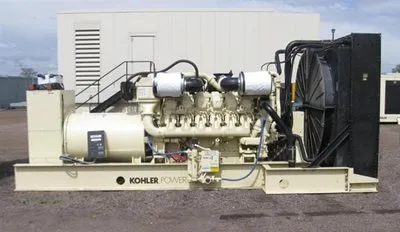
An electric generator is a device that converts mechanical energy obtained from an external source into electrical energy as the output. It is important to understand that a generator does not actually “create” electrical energy but forces the movement of electric charges in its windings through an external circuit.
The Science Behind It
The modern-day generator works on the principle of electromagnetic induction discovered by Michael Faraday in 1831-32. By moving an electrical conductor within a magnetic field, the generator induces a flow of electric charges, producing current.
Main Components of a Generator
Engine
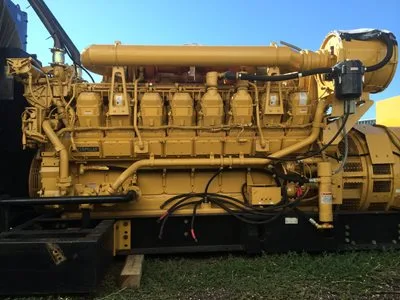
The engine is the source of the input mechanical energy to the generator. Its size determines the maximum power output.
Key Considerations
- Type of Fuel Used
- Overhead Valve (OHV) Engines vs. Non-OHV Engines
- Cast Iron Sleeve (CIS) in Engine Cylinder
Alternator
The alternator, or “genhead,” converts mechanical input into electrical output.
Key Parts
- Stator
- Rotor/Armature
Design Considerations
- Metal vs. Plastic Housing
- Ball Bearings vs. Needle Bearings
- Brushless Design
Fuel System
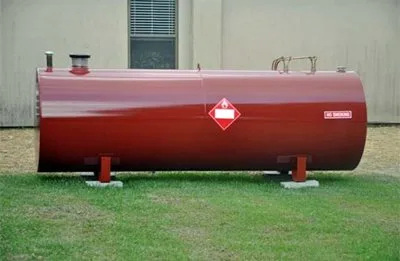
The fuel tank typically allows the generator to operate for 6 to 8 hours.
Components
- Pipe Connections
- Ventilation Pipe
- Overflow Connections
- Fuel Pump
- Fuel Water Separator/Fuel Filter
- Fuel Injector
Voltage Regulator
The voltage regulator maintains the generator’s output voltage by a cyclical process involving:
- AC to DC Conversion
- Exciter Windings
- Rotating Rectifiers
- Induction of Larger AC Voltage
Cooling & Exhaust System
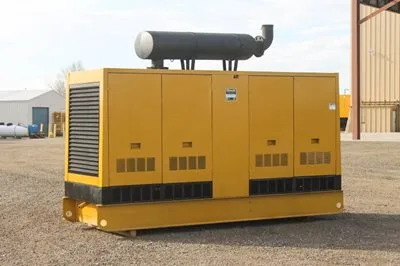
Cooling System
Generates heat is managed by coolants like water or hydrogen and fans for residential and industrial units.
Exhaust System
The exhaust system handles toxic emissions to ensure safety and compliance with local regulations.
Lubrication System
Moving parts require lubrication. Regular checks and changes in oil are necessary for durability.
Battery Charger
The generator’s start function relies on a battery kept at an optimal charge by a battery charger.
Control Panel
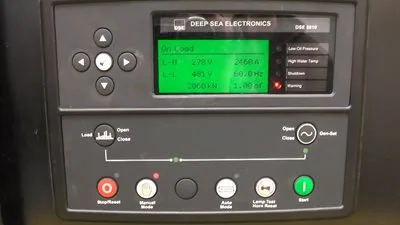
The control panel acts as the generator’s interface with features such as:
- Electric Start and Shut-Down
- Engine Gauges
- Generator Gauges
- Other Controls
Main Assembly/Frame
All generators feature a customized housing that supports the structure and allows grounding for safety.